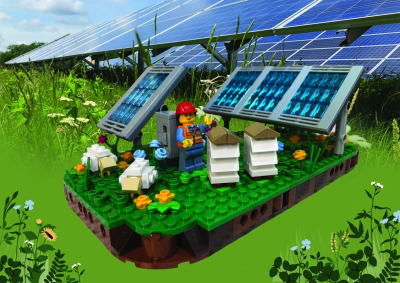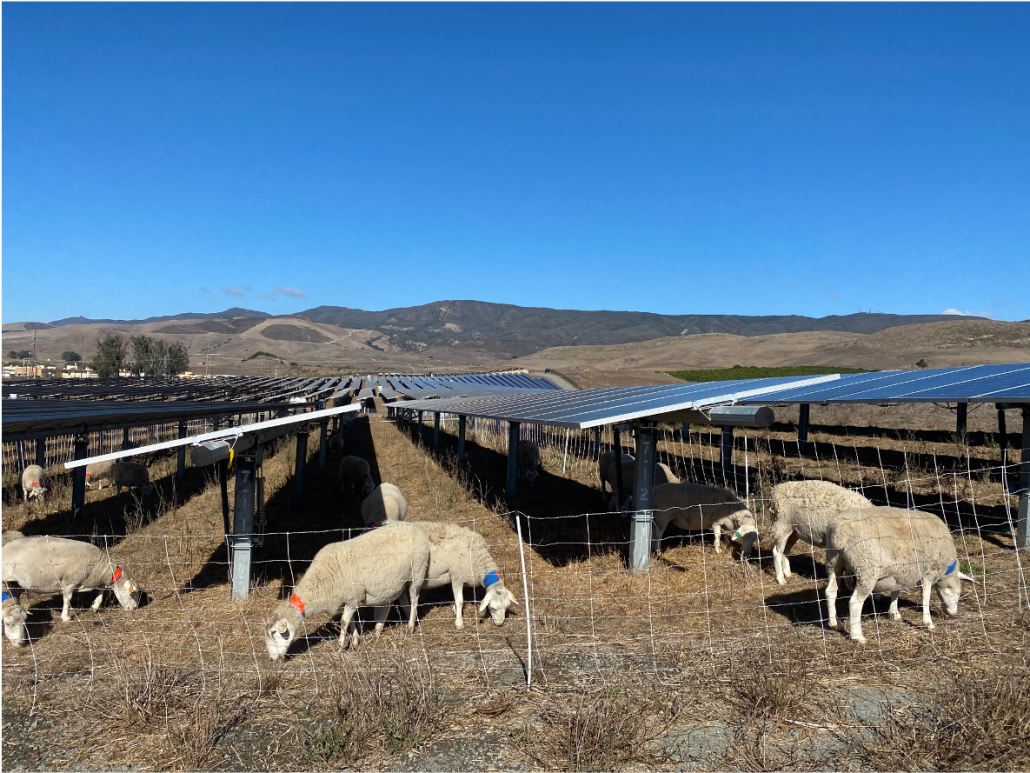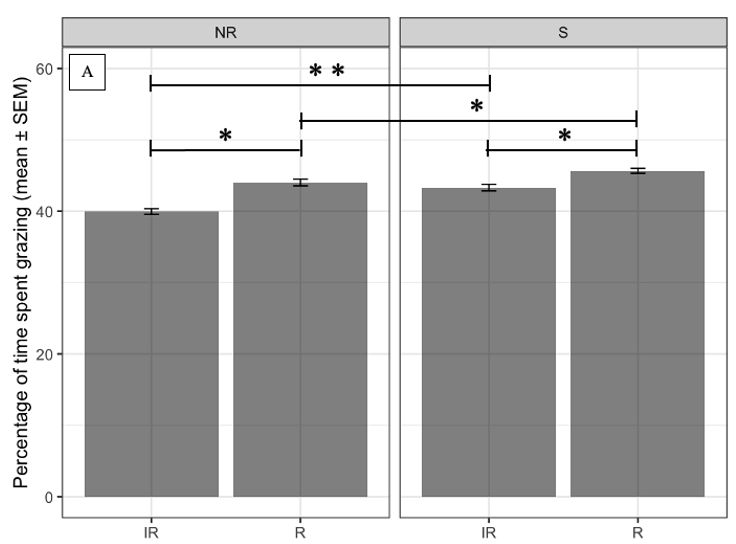AgriSolar Clearinghouse partner Rob Davis has generously offered a full Solar Farm Lego set as a prize for the winner of the competition for best photo taken at one of the Follow the Sun tour field trips.
This set is priceless and can not be purchased. If you support the idea of a real-life Lego set being commercially available, vote here: LEGO IDEAS – Solar Farm. For a great background on the kit, see this NREL blog.
Please post your Follow the Sun photos to our forum here, or tag us on social media by using the hashtag #AgriSolar.

Solar Farm Lego Set. Photo: Rob Davis
The Follow the Sun Tour launched in Arizona, at Biosphere 2 and the Manzo Elementary agrivoltaic research site, and it was a great educational, inspirational, and networking event. Next up, we will travel to Minnesota on August 4 to tour Enel North America’s Lake Pulaski agrisolar site, US Solar’s Big Lake agrisolar site, and Connexus Energy’s agrisolar site in Ramsey. We’ll end the day on a sweet note with an Enel-sponsored Solar Farm to Table™ event featuring foods grown or pollinated at agrisolar sites. Get your free tickets here: Events – AgriSolar Clearinghouse.
The next week, we’ll travel to Massachusetts for a tour of the University of Massachusetts South Deerfield agrisolar research site and then the Million Little Sunbeams solar and hay farm, capping off the day at Knowlton Farms. Get your free tickets here: Events – AgriSolar Clearinghouse
In September, we will join forces with Jack’s Solar Garden, Sprout City Farms, and our partners at NREL and University of Arizona to tour Jack’s Solar Garden during its annual Night on the Farm. Stay tuned for details.
Over the next year, we’re planning more field trips to central California, Texas, Oregon, Virginia, Idaho, New York, and many more sites. If you have a site you’d like to highlight with an AgriSolar Clearinghouse fieldtrip, we’d love to hear from you. We’re looking forward to seeing you on the road!


